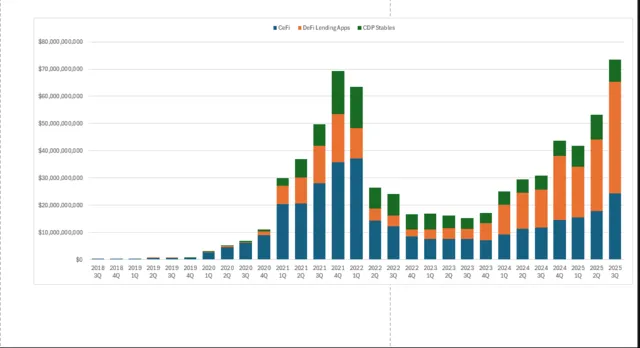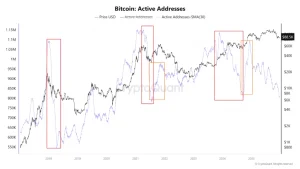Why Bitcoin’s Recent Slide Reflects an ‘IPO-Style Distribution’ Trend, According to Market Strategists

Bitcoin’s recent decline has stirred anxiety across global markets, prompting seasoned market analysts to describe the movement as an “IPO-style distribution” phase. This analogy suggests that early large-scale investors may be unwinding positions after a period of substantial gains, echoing behavior commonly seen during post-IPO price cycles in equities. While the sharp pullback has rattled short-term traders, long-term fundamentals such as institutional adoption, regulatory progress, and technological developments remain intact. The current phase, experts argue, reflects natural profit-taking and liquidity rotation rather than structural weakness, offering a clearer lens through which investors can interpret Bitcoin’s evolving market maturity.
Market Rotation Mirrors Post-IPO Profit-Taking
Bitcoin’s recent correction has been compared to price movements seen after high-profile initial public offerings, where early holders often lock in profits once liquidity deepens and broader participation increases. The mechanism mirrors institutional behavior in traditional finance: large early accumulators gradually distribute holdings into rising demand, generating temporary downward pressure. Analysts believe this dynamic is shaping Bitcoin’s latest trend as earlier participants deploy gains elsewhere, paving the way for a new accumulation cycle once price discovery stabilizes.
Short-Term Volatility, Long-Term Foundation Intact
Although price fluctuations have intensified, the long-term investment case remains supported by increasing institutional traction. Asset managers continue to expand digital-asset research and custody capabilities, while traditional banking sectors explore blockchain integration. Additionally, recent inflows into regulated crypto investment products underscore sustained confidence among professional investors. This structural maturation differentiates the current pullback from previous speculative downturns, suggesting temporary market repricing rather than deteriorating fundamentals.
Macro Forces Influence Sentiment
Global liquidity conditions and macroeconomic expectations are also shaping Bitcoin’s trajectory. Shifts in monetary policy outlook, particularly interest-rate positioning, have affected risk-asset sentiment across markets. Analysts argue that as inflation cools and capital flows adjust, assets with strong long-term narratives—such as Bitcoin—could benefit from renewed appetite. The asset’s performance increasingly aligns with broader financial-market behavior, highlighting its growing integration into traditional portfolios.
Conclusion: A Maturing Asset Class Undergoing Healthy Repricing
Despite short-term noise, the broader narrative signals institutional confidence and structural maturity. Labeling the downturn as an “IPO-style distribution” underscores Bitcoin’s progression from speculative instrument to mainstream financial asset influenced by sophisticated capital flows. For long-horizon investors, the correction may represent a transition toward a more stable valuation environment, setting the stage for sustainable growth once selling pressure dissipates and fresh capital re-enters the market.




